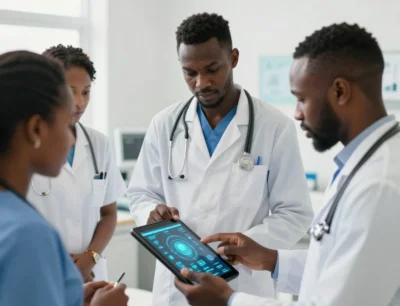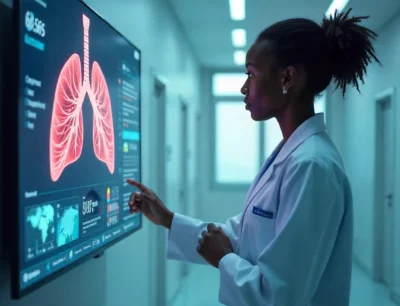AI Takes the Lead in Shaping the Future of Healthcare Innovation
HHS unveils a bold AI strategy, placing artificial intelligence at the heart of U.S. healthcare innovation, research, an
Notice: Test mode is enabled. While in test mode no live donations are processed.

HHS unveils a bold AI strategy, placing artificial intelligence at the heart of U.S. healthcare innovation, research, an

AI is reshaping healthcare — from diagnostics to automation. Discover how 2025 marks a turning point in global medical

L&T Tech and NVIDIA revolutionize lung care with AI-powered digital twins—enabling faster, smarter, and more accessibl
